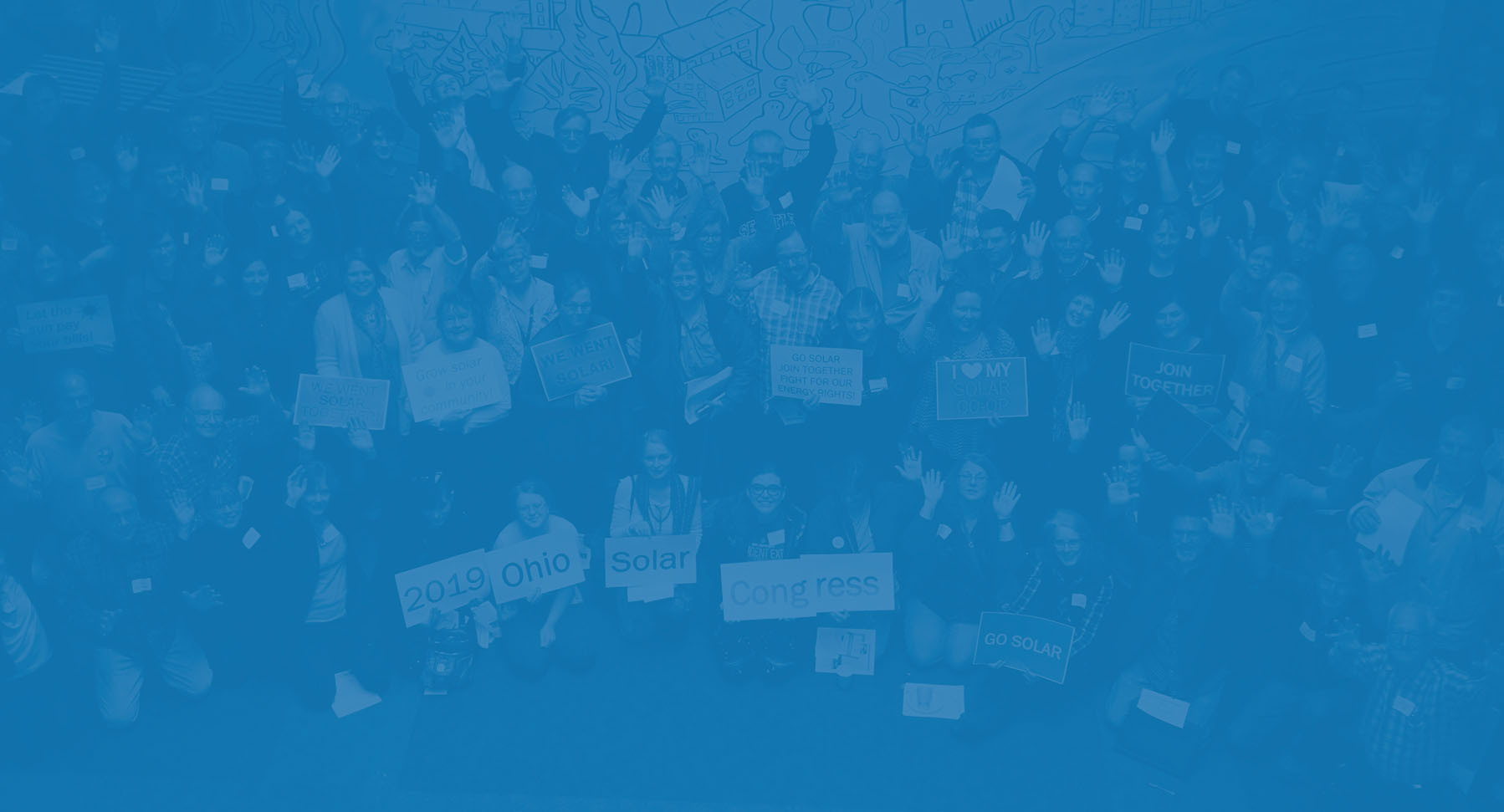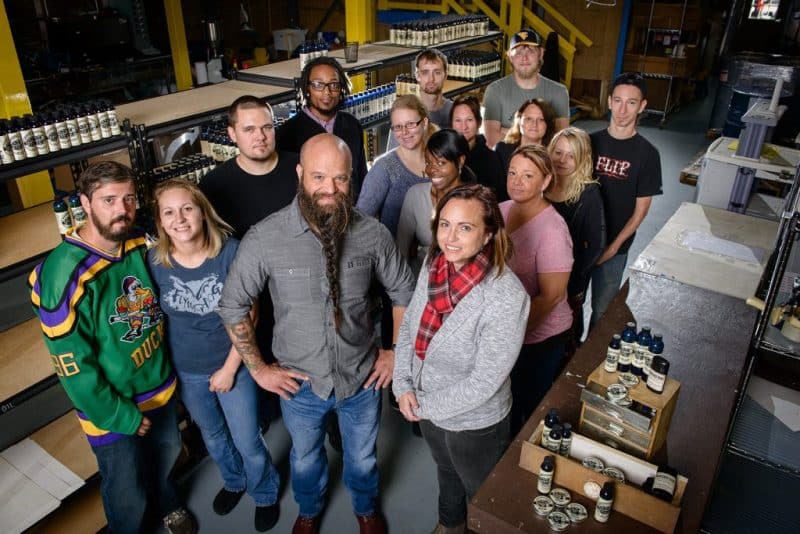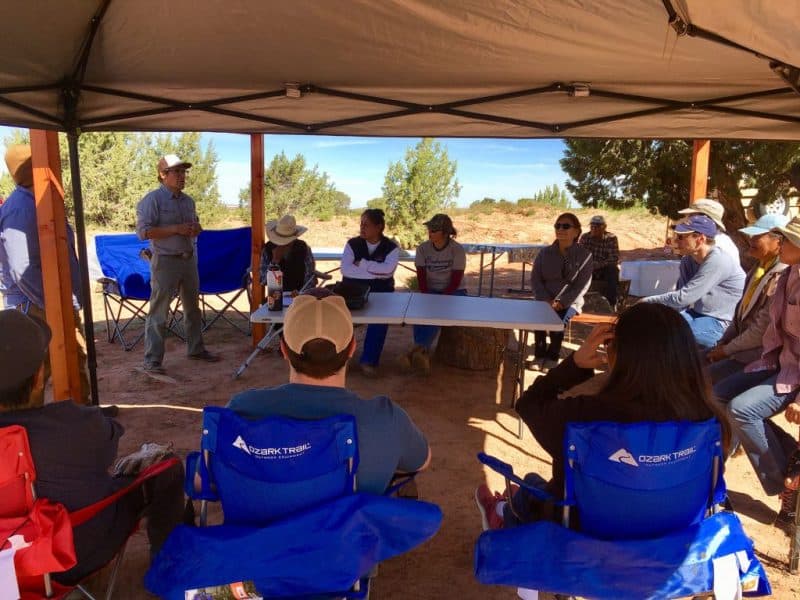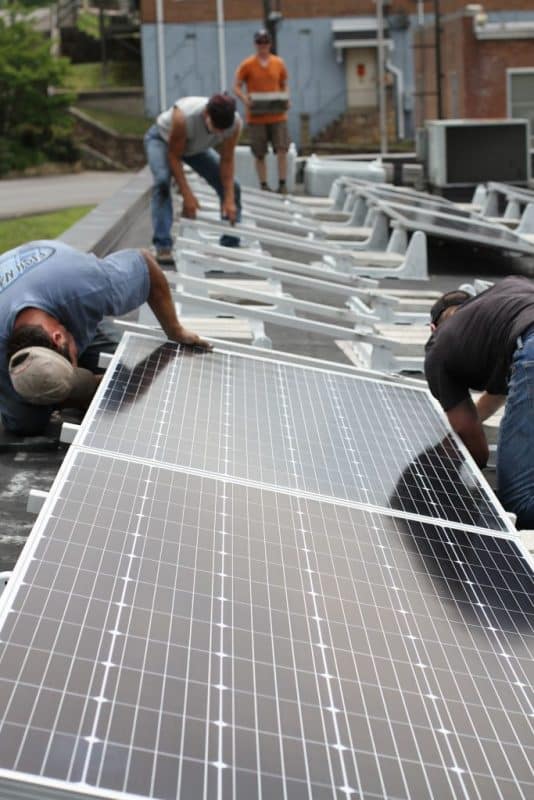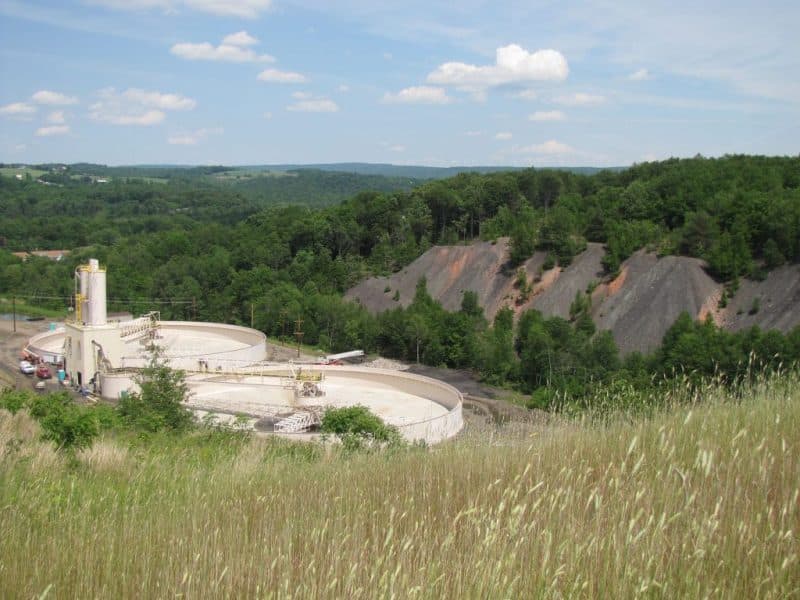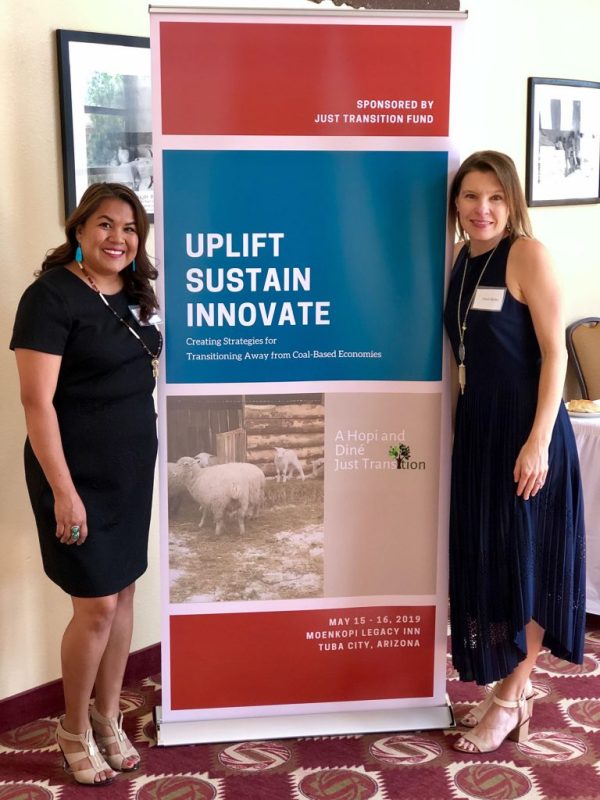Coal facility closures, layoffs, and cuts to vital services are hitting the people and communities already facing a decades-long economic decline, a black lung epidemic, and environmental devastation. Even before the COVID-19 pandemic and economic decline, reliance on a troubled coal-based economy resulted in high poverty rates, deep job losses, and shrinking opportunity. Challenges—from decaying infrastructure to inadequate healthcare access to the opioid epidemic—only make the future of these communities more uncertain.
Accelerating Decline
COVID-19 made an already precarious economic situation and these communities more unstable. Many of these places haven’t recovered from the Great Recession, were struggling from the loss of manufacturing jobs, or were never on equal or strong footing to begin with. These new economic and public health crises are layered on to the existing crises spurred by the transition from coal and threaten to inflict more turmoil on people and communities. The national economic decline is accelerating the decline of the coal sector, likely leading to the rapid closure of even more coal facilities. That will leave more communities with little time to plan for the disappearance of their largest employer and the tax base that supports public services, local education, and health care systems. Challenges for communities of color and low-income communities already disproportionately left behind by the status quo multiply as already scarce resources, opportunities, and services are disappearing and exhausted. The people and places that powered our country for generations deserve much better.
Yet people living and working in American communities dependent on coal are confronting these challenges, spurring economic development, and charting their own paths to a bright and sustainable future. Local leaders are embracing innovative ideas that foster locally driven, equitable economic opportunity and build resilience to help weather future crises. Workers in Wayne, West Virginia are learning to install solar panels; Navajo communities and entrepreneurs near the recently closed coal-fired Navajo Generating Station in Northern Arizona are launching clean energy and sustainable tourism enterprises and partnerships; and community members from Southwest Virginia to western Colorado are creating regional food markets. There are sustainable, equitable, and inclusive solutions for economic development for the people and places hit hardest by the transition away from coal, and they are driven by communities, built from the ground up.
Seizing the Opportunity
We envision a future where the communities hit hard by the decline of the coal industry have vibrant, resilient economies with thriving local businesses and quality, family-sustaining jobs. To realize this vision, America’s leaders must make a big, bold investment to create an ambitious national community and worker transition program.
Our nation has the opportunity to ensure the communities on the frontlines of our energy transition become more prosperous and resilient and to develop a framework that can be applied to other communities facing similar changes and challenges now and in the future. We cannot afford to miss this chance. Our National Economic Transition platform draws from the decades of economic and workforce development experience of community, tribal, and labor leaders living and working in America’s coal communities. We also drew insight from the public and private sectors and philanthropy. The platform creates a framework from which national leaders can develop the comprehensive community and worker transition program our communities need and deserve.
